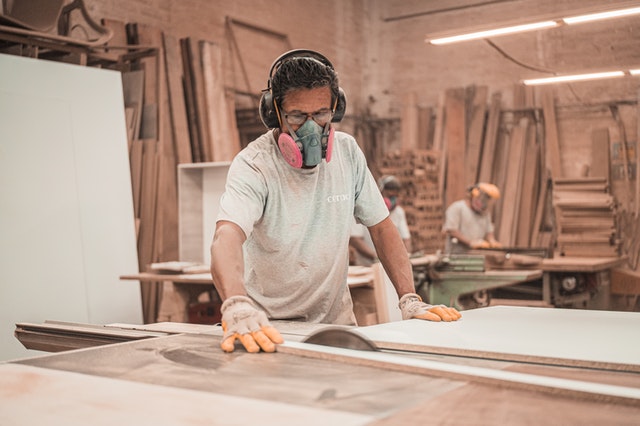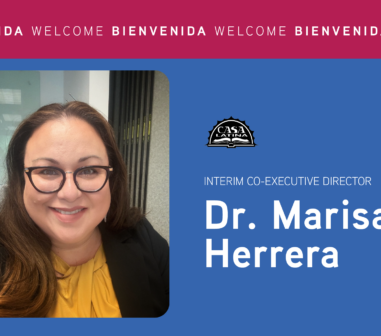Tips for preventing workplace injuries, illnesses, and fatalities. Watch the videos below for simple tips and information to stay safe while on the job and improve your health.
Tip 1. Bringing Loads Closer to the Body
Does your back hurt when carrying something heavy? Learn why you should carry objects close to your body to prevent back strain.
Tip 2. How to Ask for Help
When should you ask for help when lifting a heavy object? Find out how to identify if an object is too heavy and you should ask for help to prevent an injury.
Tip 3. Balanced Lifting
Don’t have a machine to help you carry? Protect your back by following a few simple steps to ensure you are performing a lift correctly that involves balance.
Tip 4. How To Use a Wheelbarrow
Did you know that injuries can still happen even while using tools meant to help you? Proper use of a wheelbarrow can save you both time and effort. Learn how to safely operate one.
Tip 5. How to Protect Your Hand and Wrists
Tired hands or wrists? Find out what causes fatigue and pain and how you can prevent long-term injuries.
An important part of staying safe while working is the proper use of personal protection equipment. Learn why you should use protective equipment and the many health benefits it can provide.
What is PPE & Correct Use
Personal protective equipment, commonly referred to as “PPE”, is any safety equipment that workers use to prevent workplace injuries when engineering and administrative controls fail to eliminate the hazard. Injuries can vary from minor cuts to more serious ones like lung cancer. These injuries and illnesses may result from contact with chemical, radiological, physical, electrical, mechanical, or other workplace hazards.
Personal protective equipment may include items such as gloves, safety glasses and shoes, earplugs or muffs, hard hats, respirators, or coveralls, vests, and full bodysuits.

Why is it important?
Personal protective equipment can have a major effect in cutting down the total number of injuries, it exists as a preventative measure for industries that are known to be more hazardous. In 2018, more than half of the workplace accidents were in the construction industry. Add on top of that, almost 71% of arm and hand injuries could have been prevented with the use of PPE. This can have a more drastic consequence for older workers, who are more likely to miss days due to injuries and illnesses due to lack of PPE.
Training is required by OSHA regulations contained in 29CFR 1910.132-140.
Through the training, you will learn:
- When PPE is necessary
- What PPE is needed
- How to properly put on, remove, adjust and use PPE
- The limitations of PPE
- Proper care, maintenance, service life and
Workers’ Rights and Responsibilities
Workers have the right to…
- Request information from the employer about hazards in the workplace.
- Report hazards in the workplace to your supervisor.
- Request that OSHA conducts a workplace inspection.
- Receive a fair wage.
Workers have the responsibility to…
- Respect all safety guides.
- Report hazards to the employer.
- Check tools and equipment before starting work.
- At work, I work, without games, without jokes.
- Do not use Drugs or Alcohol, they do not allow safe work, and we put colleagues at risk.
For more information about health in safety in the workplace please contact the OSHA regional offices or the Washington Department of Labor & Industries. If you have been a victim of wage theft, contact our Workers Defense Committee.
OSHA Regional Offices
- Address: 300 5th ave, suite 1280 Seattle WA 98104
- Phone: (206)757-6700
- Website: osha.gov/as/opa
WA Department of Labor & Industries
- Address: 315 5th Ave s, suite 200 Seattle WA 98104
- Phone: (206)515-2800
- Website: lni.wa.gov
Sign Up for Casa Latina News!
Let’s create change together. Sign up to receive updates on Casa Latina’s programs, action alerts, events, and opportunities for involvement.
By submitting this form, you are consenting to receive marketing emails from: Casa Latina. You can revoke your consent to receive emails at any time by using the SafeUnsubscribe® link, found at the bottom of every email. Emails are serviced by Constant Contact





